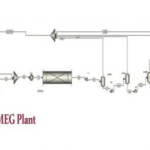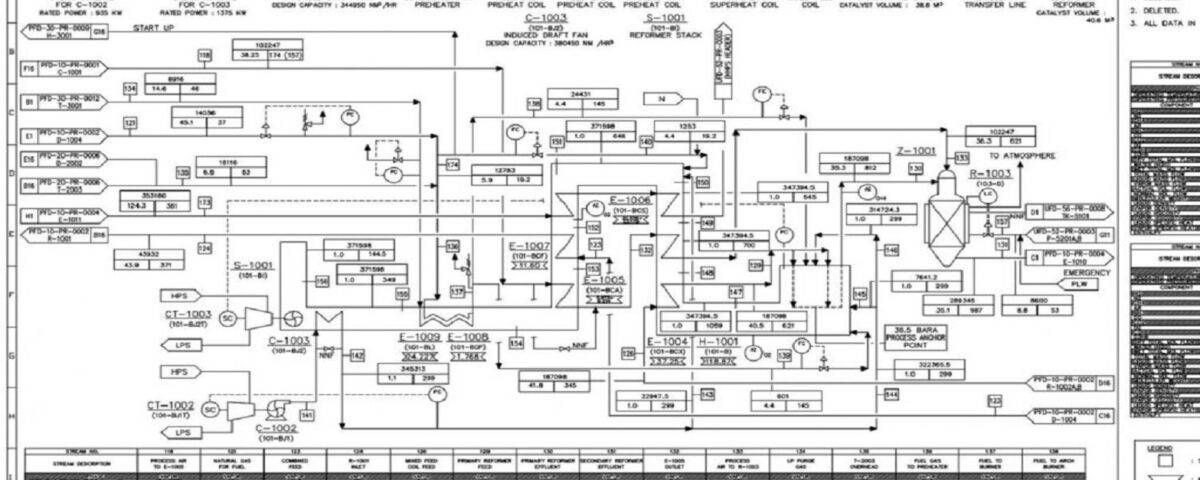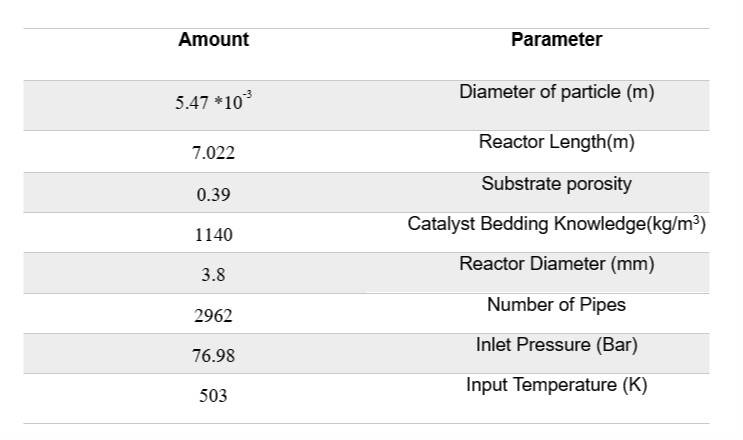Introduction
The increasing demand for energy to support industrialization and modern lifestyles has led to a depletion of fossil and non-renewable fuel reserves. The consumption of these fuels results in the accumulation of carbon dioxide in the atmosphere and consequently contributes to climate change. Capturing atmospheric carbon dioxide and utilizing it to produce high-value products and fuels, such as methanol, can be an effective strategy to address intertwined energy and environmental challenges. Today, methanol has gained significant importance as an alternative to fossil fuels. Methanol can be produced through the hydrogenation of carbon dioxide. This project focuses on the mechanism, kinetics, and simulation of the carbon dioxide hydrogenation reaction for methanol production.
This project is based on the following article:
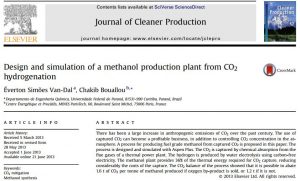
Click on the link below to download the article:
Design and simulation of a methanol production plant from CO2 hydrogenation
The operating conditions of the methanol production reactor are as follows.
Description of the Process
The simulation of a new process for methanol production through the hydrogenation of carbon dioxide using Aspen Plus is an innovative method in the chemical industry that aids in reducing environmental impacts and optimizing resource consumption. In this process, carbon dioxide serves as a feedstock that reacts with hydrogen, yielding methanol along with water as a byproduct.
The simulation in Aspen Plus involves defining operating conditions, selecting appropriate reactions, and evaluating critical parameters such as temperature, pressure, and catalyst amount. This software, with its advanced capabilities for dynamic and analytical simulation, allows for the prediction of system behavior under various conditions. As a result, engineers can conduct practical analyses of the process, identify its strengths and weaknesses, and ultimately optimize the methanol production process.
In the figure below, an overview of the simulation of the new process of methanol production (hydrogenation of carbon dioxide) can be seen.
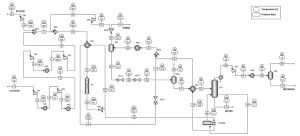
This project is simulated with Aspen Plus software.

